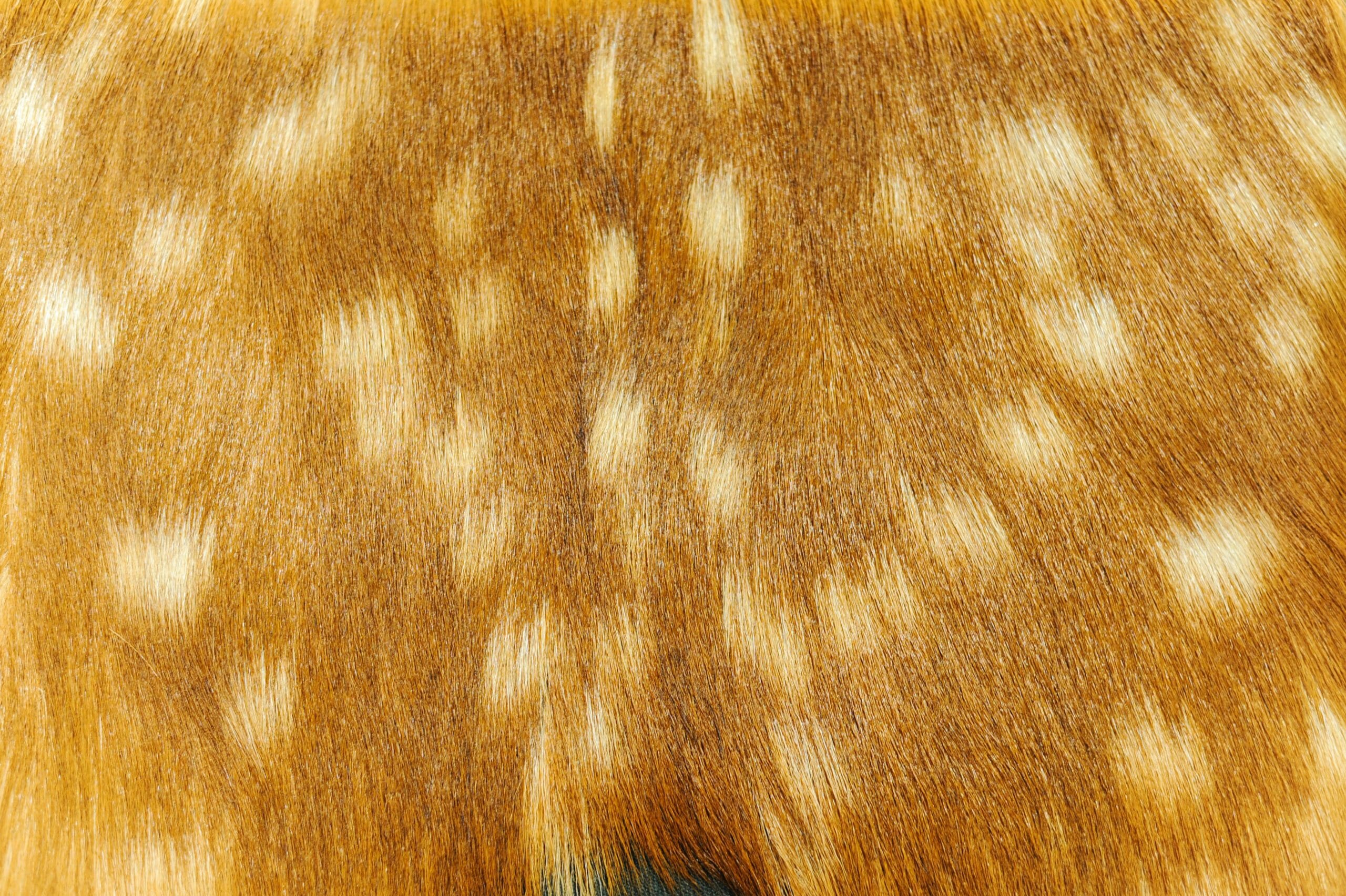Aiming for co-existence with nature in Hokkaido
Many wild animals inhabit this Northernmost island, Hokkaido, an island with rich nature that is represented by the World Heritage, Shiretoko. The names of these wild animals that have evolved to adapt to this cold area often starts with the name “Ezo”.
Hokkaido is the largest prefecture in Japan but even so, they are faced with the many problems of coexistence with nature. Many areas are both inhabited by both human and wild animals and in the human perspective, “damage by animals” are occurring.
However, these problems are not just inconvenient to the human society but is also creating bad effects to nature itself by the destroyal of the ecosystem.
Reality of Ezo deer being hunted as “harmful animals”
Therefore, in Hokkaido, multiple measures are taken, aiming for coexistence with nature. One of it is hunting certain number of Ezo deer, which is creating the most severe damage by wild animals, in an attempt to maintain the balance of the ecosystem.
One reason why the damage by Ezo deers is most serious is extinction of Ezo wolf, which has naturally restrained the number of Ezo deer productivity, thus, the number of Ezo deer with great productivity has explosively increased.
The Yellow Stone National Park in the US that had the similar problem have succeeded in restraining the number of deer by releasing wolves that were already extinct. However, in Hokkaido, where human society and wild animals resides together, it is impossible to actually release the Ezo wolf.
Therefore, Hokkaido has gained a subsidy from the Japanese government and have tried to restrain the increase of Ezo deers by “capture by permit”.
The number of Ezo deer, in Hokkaido, has slightly decreased after 2011 at its peak with 770,000 deers (670,000 deers in 2019). However the agricultural and forestry damage and accidents caused by Ezo deers are increasing year by year.
In 2018, the damage amount caused by wild animals was 4.87 billion yen (increased by 120 million yen) and 80% of it is caused by Ezo deers (3.86 billion yen). In 2019, there were 2,500 train accidents caused by Ezo deers, and over 3,000 traffic accidents.
Starting point of Rockaq-Ezochi product
In 2019, the number of captured Ezo deer rose to approximately 100,000. Those deers are mainly used for food and pet food. However, only 30% of them is made use of and the remaining 70% is mostly disposed of.
In case of deer skin, the first fact finding research has only been released in 2019 and most of it has not been effectively used.
In order for human beings and Ezo deers to co-exist in a sustainable form, we have to accept the fact that hunting is effective.
Being aware that this is all an egoistic reason for human beings, we have begun to consider what our mission is and this is the starting point of the Rockaq Ezochi.
Our mission is to effectively and fully make use of those hunted Ezo deers and moreover, to transform them into beautiful and high quality leathers.
Even if it is a small step, we believe that continuing these steps will contribute to realization of society where human beings and wild animals can coexist.
Junichi Ito
Representative director of Rock AQ Ezo-Chi, Co., Ltd.
